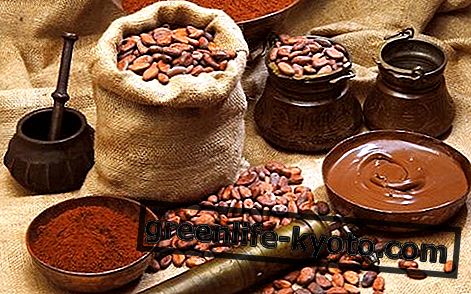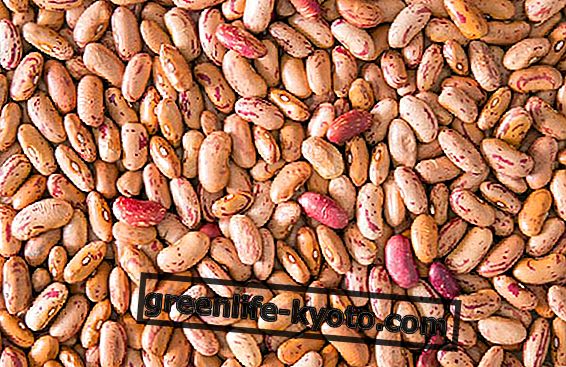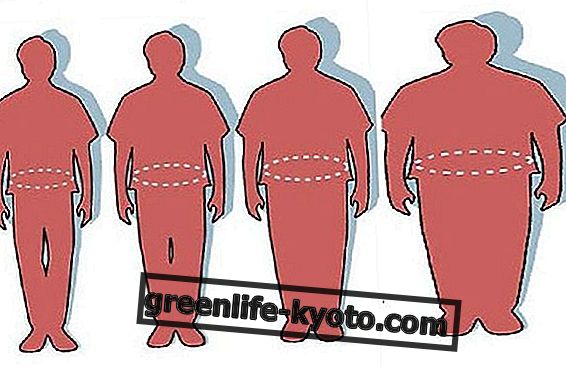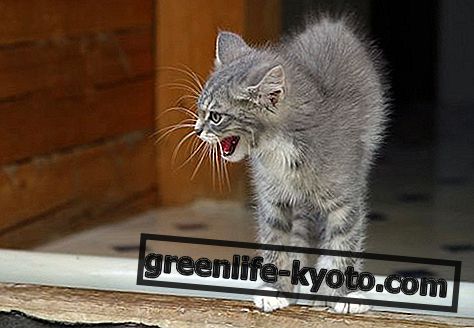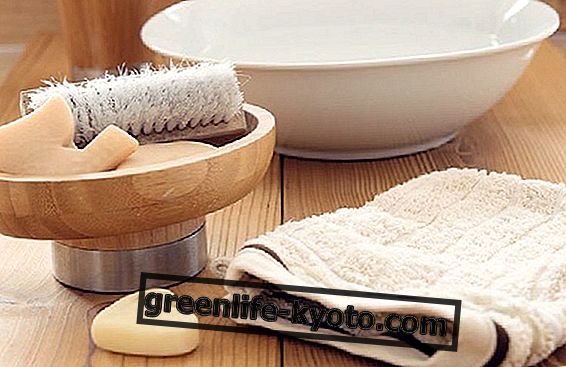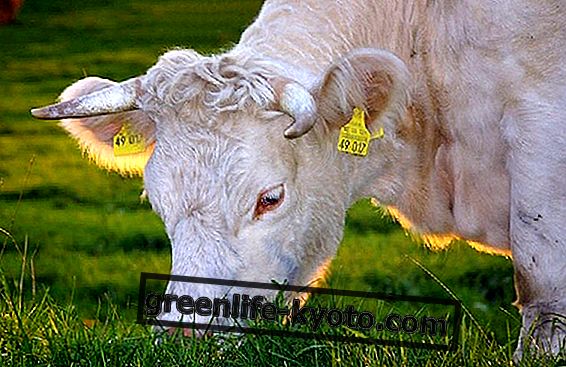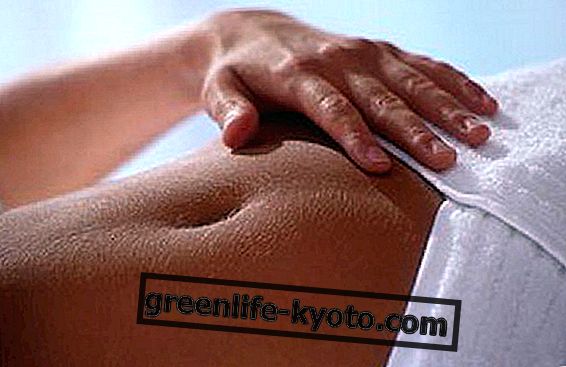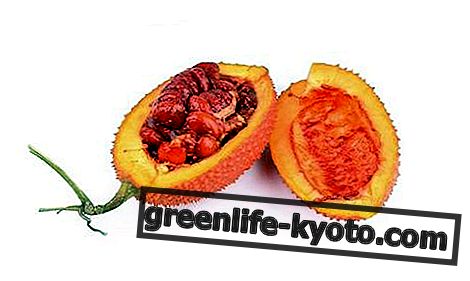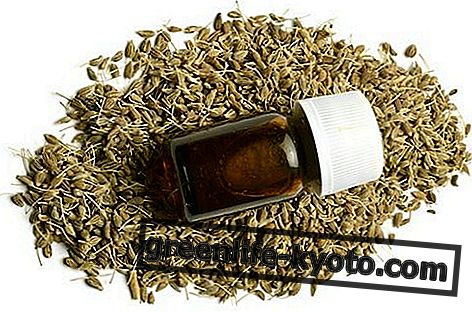
Unpleasant, painful, dangerous. Gallstones are small "pebbles" that are formed from bile . Their presence must be diagnosed as soon as possible.
When they grow excessively in number or volume, they can fill the gall bladder (also known as the gallbladder, which is located under the liver) or the bile ducts, and cause severe infections.
Knowing the causes of gallstones will help identify suitable therapies. However, it is essential to act in time .
Gallstones: causes
The formation of stones (small "pebbles") originates from the crystallization of bile, which is a liquid produced by the body to digest fats .
Bile is composed of cholesterol, fats, bile salts and bilirubin ; it is produced by the liver and collected in the gall bladder, from where it emerges at the moment of digestion through the bile ducts.
However, when either the bile salts or cholesterol are in excess, or if the gallbladder is not completely emptied, solidification may occur, similar to pebbles. They are gallstones.
Therefore the primary and most probable cause of gallstones is excess cholesterol, so that bile is not able to dissolve it. When instead an excess of bilirubin occurs (waste of the degradation of red blood cells, coming from the liver) dark calculi are formed, called pigmented calculations .
The mechanisms of formation of gallstones are not entirely clear, while the risk factors are documented.
Therefore we can say that the probability of developing gallstones increases in these cases:
- Have an unbalanced diet, with excess fat and fiber deficiency
- Being overweight, obese
- Excessive weight loss in a short time (forces the liver to produce an excess of bile, which can form stones)
- Pregnancy: crushing of internal organs can lead to compression of the gall bladder, which fails to empty itself completely
- Diabetes and / or excess triglycerides in the blood
- Genetic predisposition ( familiarity )
- Excessive use of anti-cholesterol drugs or estrogen-based hormone therapies
Women, compared to men, are twice as likely to develop gallstones, due to excess estrogen due to pregnancy, or hormonal therapies (contraceptive or substitute, in menopause).
Gallstones: what to eat?
Gallstones: therapies
A warm recommendation: in the presence of gallstones, always feel the opinion of your doctor before undertaking any therapy, even natural ones.
Gallstones could shift and obstruct the bile ducts with even dangerous consequences . We say that "do it yourself" is strongly discouraged, while it is good to always act on prevention .
The most drastic therapy for severe, life-threatening cases is surgical removal of the gall bladder, performed under general anesthesia.
Natural therapies supporting the treatment of gallbladder stones are grouped into different categories:
- Dietary behavior : follow a diet low in fat and controlled caloric intake , rich in fiber, whole grains, vegetables. Maintain a proper body weight and an active lifestyle.
- Gemmotherapy: remedies that help drain bile, supporting the activity of the liver and gall bladder such as Acer Campestre, Fraxinus Excelsior, Opuntia Ficus Indica, Rosmarinus Officinalis
- Infusions : plants with draining effect are used, such as artichoke, Milk Thistle, Dandelion, Chamomile and Mint
- Trace elements that stimulate enzymatic production: Manganese-cobalt or Manganese
- Dry extracts : mint, fumaria, artichoke or burdock, dandelion, ginger and rosemary
- Mother tinctures of: mint, Mariano thistle, artichoke, horseradish or boldo.
